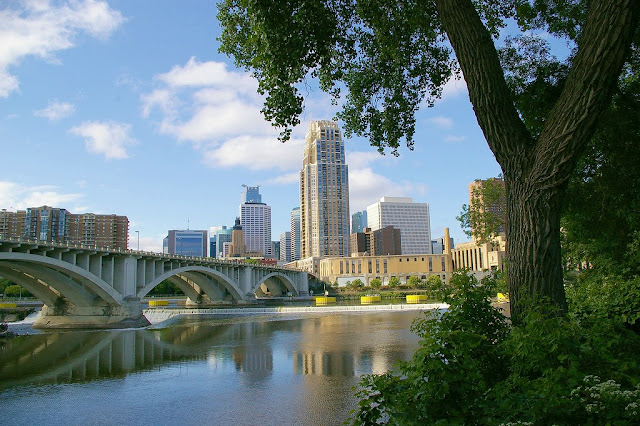How Graphic Design Can Help Advance Social Equity in Toronto Cities ?
For those of us working to make social, economic, and environmental change in cities, it’s not hard to see the importance of disciplines like urban planning, economic development and public policy. But what about another professional field that typically isn’t associated with urban affairs? I humbly submit that my discipline — Graphic Design Toronto — is also a key element of making better cities.
Equity gaps are a growing issue in our cities and historically, a privileged few have held most of the power in determining how cities are designed, how they function and who benefits from their growth. However, a shift is taking place in which governments are expected to make decision-making more democratic and urban planners are expected to make their processes more participatory. When done effectively, this approach can help to ensure that residents and communities are meaningfully engaged and that the outcomes reflect their voices, ultimately leading to cities that are more equitable. But uninspired and opaque communications can make the subject matter come off as dry and unrelatable, resulting in additional barriers to a process that’s already difficult to access.
Equity gaps are a growing issue in our cities and historically, a privileged few have held most of the power in determining how cities are designed, how they function and who benefits from their growth. However, a shift is taking place in which governments are expected to make decision-making more democratic and urban planners are expected to make their processes more participatory. When done effectively, this approach can help to ensure that residents and communities are meaningfully engaged and that the outcomes reflect their voices, ultimately leading to cities that are more equitable. But uninspired and opaque communications can make the subject matter come off as dry and unrelatable, resulting in additional barriers to a process that’s already difficult to access.
In this era of information overload, good visual communication has the potential to cut through the noise and open up channels to participation. Thoughtful graphic design and jargon-free writing can reduce barriers for many people by presenting policies as relevant, explaining complex topics and offering calls to action. For these reasons, Graphic Design Toronto is increasingly being recognized for its potential to elevate community engagement, making urban policy conversations more accessible and inclusive.
This approach has been championed by organizations such as the Center for Urban Pedagogy (CUP), who produce visual explanations demystifying urban policy issues — from food access to street vending — so that more individuals can better participate in shaping their communities.
In many cities, we have noticed a trend of governments, urban planning firms and other civic organizations partnering with communications agencies to take their work to the next level. At our design studio RallyRally, we have embraced this philosophy of creating visually engaging communications to help to advance urban equity. Let’s take a look at a few different examples of these principles in action.
Across the river from Detroit in Windsor, Ontario, Transit Windsor undertook a full review of the public transit system to identify how to better serve the changing needs of the city. While our partners at Dillon Consulting led the data analysis, community surveys and transit planning, we were responsible for communications to support engagement efforts, inviting residents to share their thoughts on the future of their city and their transportation. In the context of a city where transit makes up only 4 percent of the mode share, communications needed to resonate with transit users and non-users alike. We developed a marketing campaign with bold Graphic Design Toronto and relevant messaging that was rolled out across the city and on social media to invite participation. Over the course of a month, over 2,000 respondents (more than 1 percent of the city’s population) completed an online survey, while many others attended public meetings, generating an unprecedented amount of feedback to shape Windsor’s new transit plan.
“RallyRally designed an identity for our project that was instantly recognizable,” recalls Daniel Fusca, manager of public consultation for parks, forestry & recreation at the City of Toronto. “Their work creating culturally sensitive representations of Torontonians was a key factor in our success.” The avatars were recognized with a national award from the Canadian Institute of Planners, further validating the importance of such tools in fostering brave conversations about change in our cities.
These examples are just the tip of the iceberg for how graphic design can contribute to making our cities stronger, healthier and more human-centered. While these projects focus on engagement around urban policy matters, Graphic Design Toronto of course also fulfills other functions in cities, from signage to murals, from branding to data visualization.
While even the best Graphic Design Toronto has its limits and can’t replace the critical work of other urban practitioners, design and communications can amplify the work of other disciplines, make complex topics approachable so that people can rally around solutions and help to envision the future we are working to create together.






Comments
Post a Comment